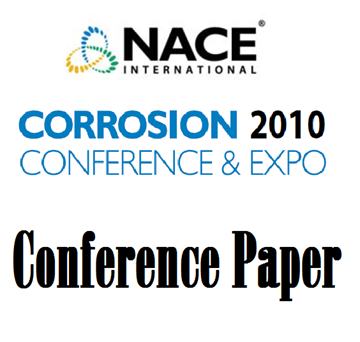Search
10108 AC Corrosion and Cathodic Protection of Buried Pipelines
Also Purchased
06163 CATHODIC PROTECTION OF PIPELINES IN HIGH RESISTIVITY SOILS AND THE EFFECT OF SEASONAL CHANGES
Product Number:
51300-06163-SG
ISBN:
06163 2006 CP
Publication Date:
2006
$20.00
10025 Remoteness of Impressed Current Anode Ground Beds
Product Number:
51300-10025-SG
ISBN:
10025 2010 CP
Publication Date:
2010
$20.00
08070 Pipe-to-Soil Potential Measurements, The Basic Science
Product Number:
51300-08070-SG
ISBN:
08070 2008 CP
Publication Date:
2008
$20.00
Recently viewed




